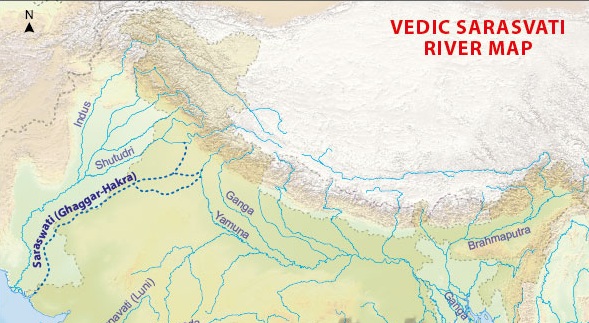National Infrastructure Investment Fund (NIIF)
- The NIIF is a trust that raises debt to invest in the equity of infrastructure finance companies.
- Thus it acts like a bankers’ bank in infrastructure financing.
- Government owns 49% of NIIF.
- It provides equity support to NBFCs/ Financial Institutions (FIs) engaged in infrastructure financing.
- It also provides equity/ debt to commercially viable projects, both greenfield and brownfield, including stalled projects.
- NIIF will be established as one or more Alternative Investment Funds (AIF) under the SEBI regulations.
- A typical sovereign wealth fund (SWF) will be a state-owned investment company owned by governments and invests their own money in foreign countries.
- Though the NIIF acts like an SWF, it does not invest in assets such as stocks, bonds, real estate, commodities etc like an SMF do and therefore cannot be called so.
Kalvari Class Submarine
- Recently, Indian Navy test-fired an anti-ship missile for the first time from an indigenously built Kalvari class submarine.
- Kalvari, the first of India’s six Scorpene-class submarines which are being built under the Project 75. It is fitted with AIPs.
- Project 75 aims to deploy a class of Diesel- electric submarine with Air independent propulsion system.
- Conventional diesel-electric submarines have to surface every few days to get oxygen to recharge their batteries.
- With Air-independent propulsion (AIP) systems, they can stay submerged for much longer periods thereby improving its stealth capability, as it enables to recharge its batteries while being submerged.
Sarasvati River
- The Sarasvati River is one of the main rivers mentioned in the scripture Rig Veda and post-Vedic texts.
- Some scholars hold that the Saraswati existed only in myths.
- Others have identified the Sarasvati River with the present day Ghaggar-Hakra River system, which flows through northwestern India and Pakistan.
- The Yamuna and Sutlej were considered to be part of Saraswati.
- They were lost during the Pleistocene the river became fed entirely by monsoon rains rather than glacial streams, during the mid-late Holocene.
- When the monsoons migrated to the east, the river dried and as a result, the civilisation diminished and moved towards the Indo-Gangetic Plain.
- Last year, the Haryana government had released water into a dry channel that was excavated to recreate the river Sarasvati’s supposed path.
- Recently the government claimed that the demarcation of the river path is completed and it is no longer a myth.
- Apart from mythological investigation, the greater purpose of the findings will check if these ancient channels can be replenished and used to improve groundwater levels.

